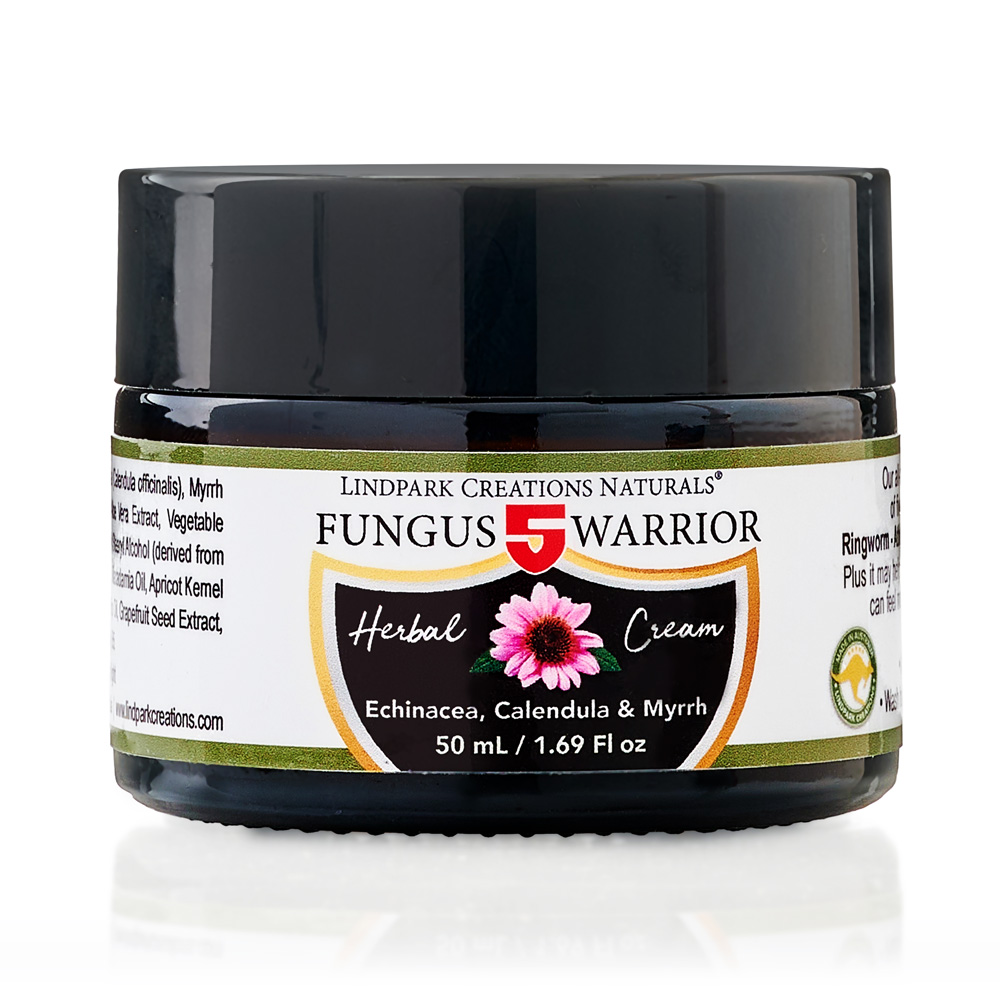Is Candida the culprit of this fungal infection?
If you’re one of the many men who suffer from jock itch (tinea cruris), or your partner suffers from it, you know how frustrating it can be to find a treatment that works properly. But don’t worry, we’re here to help, the natural way!
In this blog post, we’ll introduce you to what jock itch signs and symptoms are, what the causes may be and some natural ways to address and treat jock itch and how to keep it away for good.
Jock Itch Signs & Symptoms
- Redness/tan/brown rash around the groin, inner thigh or buttocks
- Burning or pain in the skin
- Intense itchiness in the groin and/or anus area
- Lumps, raised rash with scaliness, peeling or flaking of the skin
- The penis can be affected as well, especially with a lowered immune system
- Hair follicles may become infected if left untreated
What Causes Jock Itch?
The first thing to know about jock itch, is that it is caused by a group of fungus call dermatophytes that are naturally found on your hair, skin and nails.
Fungus can multiply and thrive on the skin in men who stay lengthy periods of time in sweat drenched clothes, (eg bike riders, gym junkies, tradies), without washing off the sweat and cooling the body down.
The fungus spreads quickly, killing off the good bacteria that live on your skin! This leads to an itchy, red rash that can spread like wildfire if left untreated. Sounds like an uncomfortable summers’ afternoon with a burning, scaly rash in your groin right!?
How Do I Know if Jock Itch is What I Have?
The good news is you don’t have to stay uncomfortable for long.
The first point of call is getting the correct diagnosis, which can be done from a visit to the Skin Naturopath Linda Parker ND.
Linda may recommend a simple yet extensive Microbiome Mapping Stool Test. This provides you with a lengthy analysis and report from your stool sample and will establish a true reflection of the current state of your small and large bowel, plus parasitic levels (parasites, worms and fungi/yeast) among many other things.
It is important to address all areas of gut health here, as everything begins in the gut!
Another recommended test is the Essential Fatty Acid Blood Test, addressing whether you are low in essential fatty acids which would be reflected in dry, itchy, irritated skin. The human body can’t naturally synthesize these carboxylic acids so they must be acquired through our diet or by supplementation. Low omega fatty acids can be related to high inflammatory markers, meaning a lowered immune system which can then result in yeast overgrowth and fungal infections in the skin.
How Does My Microbiome Become Disrupted?
Causes of microbiome disruptions that can lead to jock itch are often attributed to the use of antibiotics. Many may find that during or shortly after a course of antibiotics, the elimination of normal protective flora (good bacteria) allows candida albicans to grow rapidly, leading to candida overgrowth and fungal infections.
This can be solved by taking the correct strain of probiotics post antibiotic use – not all probiotics are created equal, so be sure to check in with your Naturopath to be prescribed the correct one.
Another cause to address is a POOR DIET, that can encourage the growth of yeast and fungus in the system.
A common diet of trades men (builders, plumbers, carpenters, gardeners, roofers etc) that seem to be affected by the dreaded jock itch consists of deep-fried takeaway foods, caffeine, carbonated drinks, anything that’s quick on the go and usually LOADED with trans-fats, sugar and yeast. That sort of daily food consumption mixed with long, heavy protective gear to sweat in all day is like sending out an invitation to the dermatophytes for a mass breading party in your pants!
Tradies aren’t the only ones susceptible to this problem though.
Anyone with a diet high in refined starches, sugars, saturated and trans-fatty acids and low in natural antioxidants and fibre (from fruits, vegetables, wholegrains), and low in omega-3 fatty acids, will naturally be more susceptible to falling victim of a jock itch rash.
So What Can I Do to Help Heal My Jock Itch?
To help begin the healing process, I would suggest changing your diet to the Mediterranean Diet which has been found to improve the immune system and promote energy, decrease inflammation, while balancing the gut and minimising yeasts and sugars.

You can also increase your intake of microbiome-enhancing foods to nourish gut flora and enhance gut immunity, like your fresh fruits and vegetables, fermented foods (sauerkraut, kimchi), nuts, lentils and even apple cider vinegar.
Other nutrients that are important in combatting jock itch and lower the chances of recurring fungal infections include vitamins A, C, D, E, B6, B12, folate, iron, copper, selenium, and zinc.
Nutrient deficiencies may occur because of inadequate dietary intake or due to alterations in nutrient requirements during various growth and development life stages.
Something else to address when dealing with fungal infections is a problem that too many people are dealing with right now – and that is chronic stress.
As with all candida overgrowth problems, stress increases the production of cortisol and glucose. With that, our sugar levels go through the roof, creating the ideal environment for the fungus to thrive!
There are many ways to reduce stress levels and I understand it is easier said than done. But by taking some time out for yourself to walk barefoot on the earth, taking some deep breaths amongst the trees or just finding 5 minutes a day to practice meditation, this will help your cortisol come back down and regulate your nervous system. Glucose will regulate also, destroying that ideal environment the fungus had to multiply.
What About My Burning Rash?
Now, this is all well and good and vital to be treating the problem right at the source – that is, after all, how we cure and prevent recurring fungal infections. But what about the topical problem of the burning, itching groin?
That’s where our Fungus 5 Warrior Herbal Cream steps in and saves the day!
 https://lindamarionparker.com/shop/antifungal-cream/
https://lindamarionparker.com/shop/antifungal-cream/Recently renamed from the original Antifungal Healing Cream, the NEW Fungus 5 Warrior cream contains 3 Main Active Ingredients:
Echinacea angustifolia – Echinacea
Helps the body rid itself of microbial infections. Effective against fungal, viral and bacterial infections, anywhere in the body.
Commiphora mol mol – Myrrh
Works in 2 ways: 1. Stimulates white blood corpuscles (anti-pathogenic action) and 2. Directly attacks microbes. Aids and supports the body’s natural defences.
Calendula officinalis – Calendula
Antifungal and anti-inflammatory and an astringent. It treats local infections and inflammation in the skin in a gentle yet effective way.
The Fungus 5 Warrior provides instant relief and prevents the rash from spreading to other areas of the body.
Directions for Use: With clean fingers, apply the cream multiple times a day after cleansing the area first. Be sure to cover the whole area well.
Ingredients of the Fungus 5 Warrior Herbal Cream

Takeaways
Jock itch may be a real pain in the groin, but it doesn’t have to be for long.
With the correct diagnosis, addressing the causes from the source, taking the correct supplements and natural cream, practicing good personal hygiene, we can combat this recurring fungal infection in a very short period with only natural interventions (that have no side effects).
Time to shut down the uninvited fungus party happening in your pants and bid farewell to jock itch for good!

